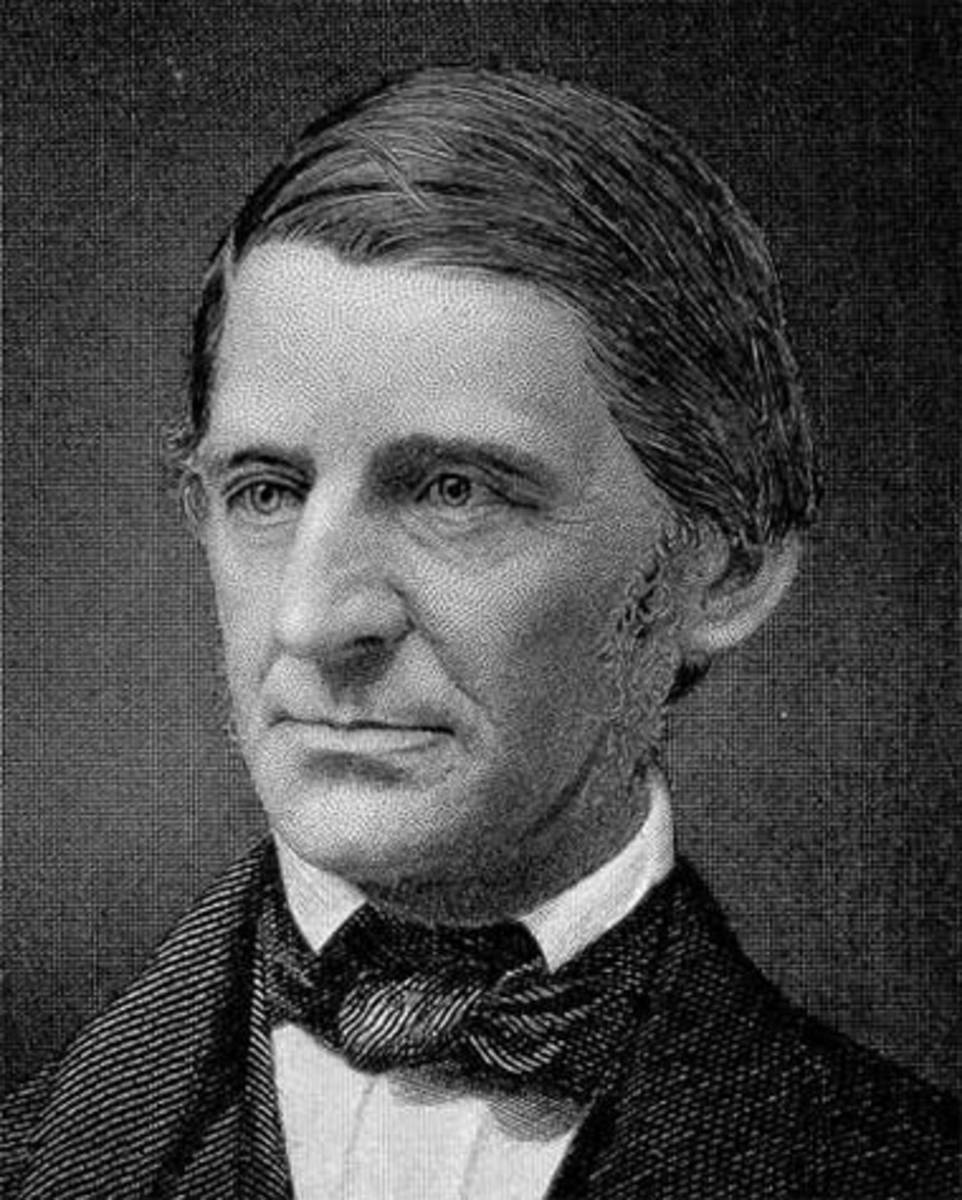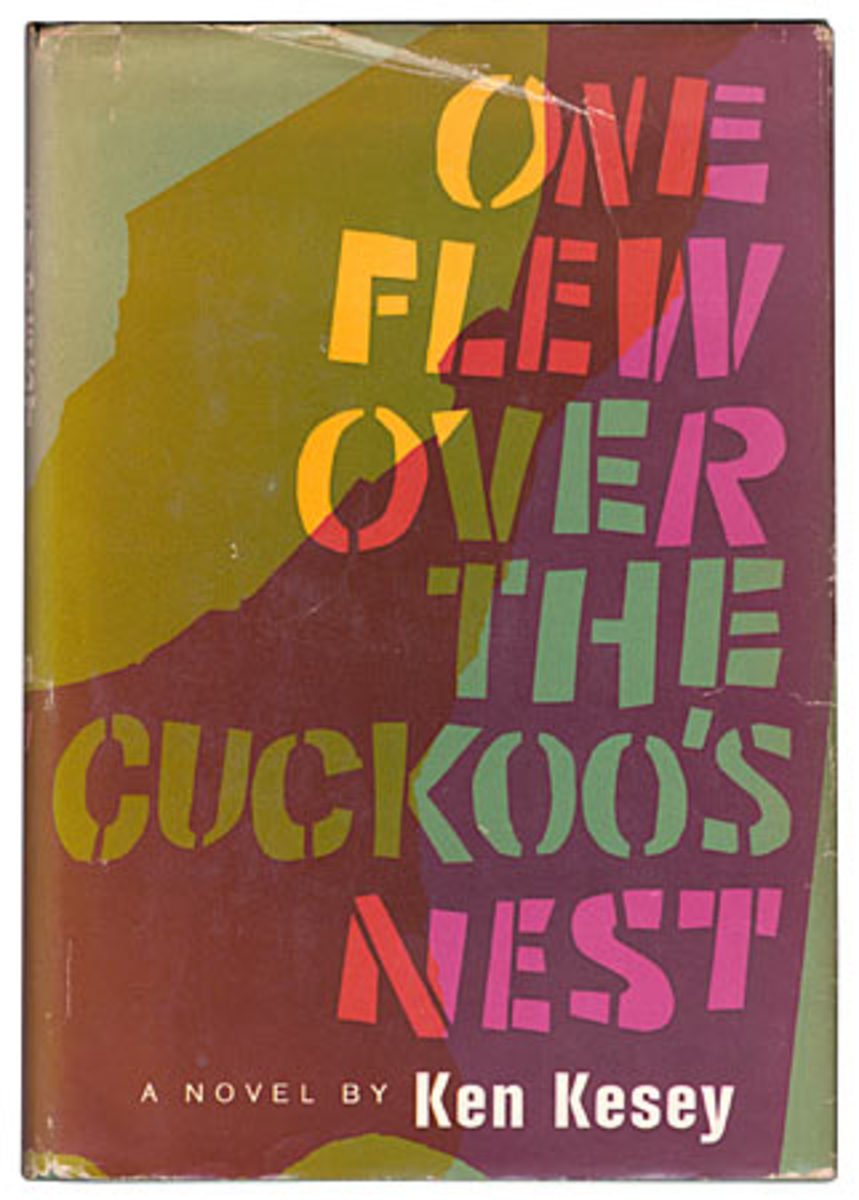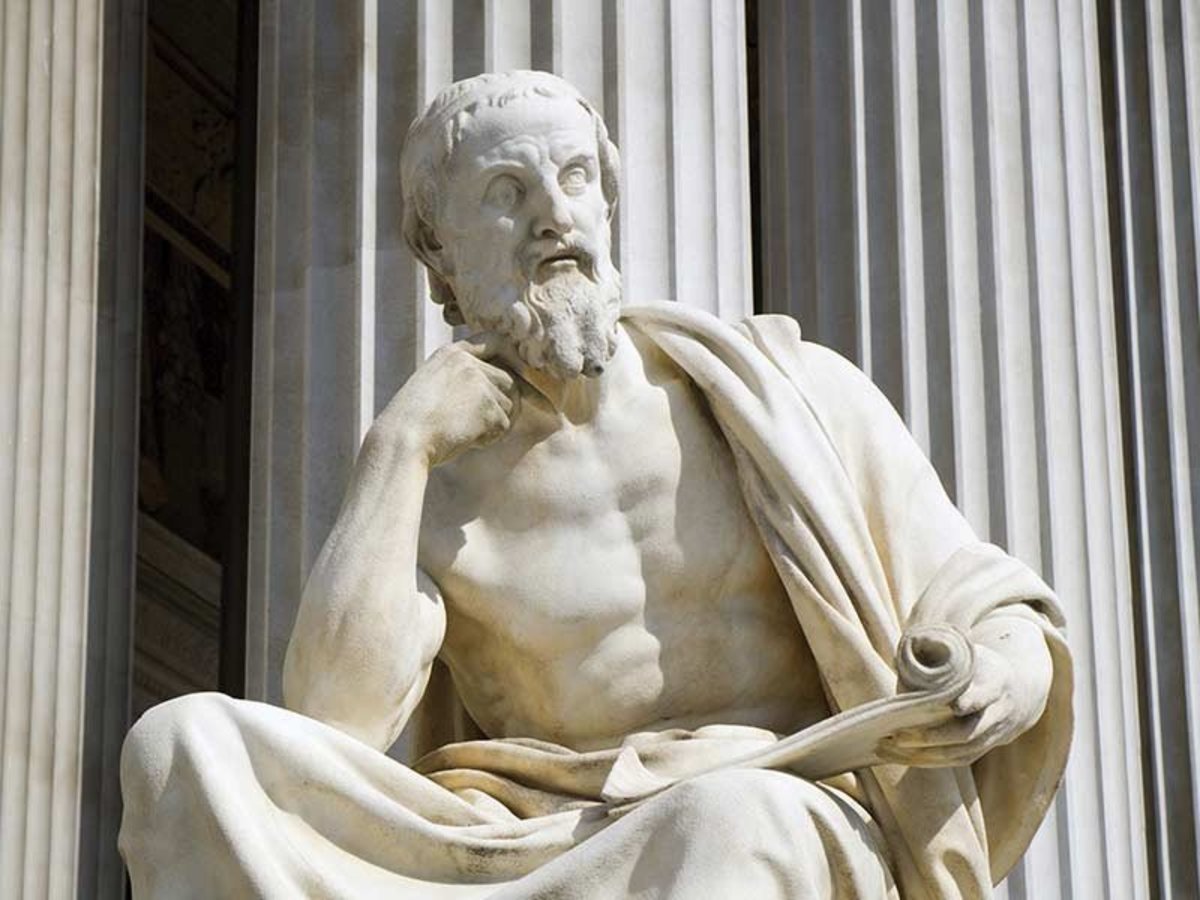The American Education System: Part Four: The History of White People (A Speculative Essay)

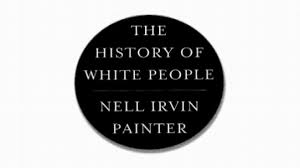
Preface
If you have an apple and you see a small rotten spot, you might cut it off; and, if you observe that the rest of the fruit appears to be unaffected, you might eat it. Why throw away the whole thing for the sake of one rotten spot, right? Hold that thought.
Please always remember that what I am doing with this series, is addressing a question posed by author Susan Jacoby ("The Age of American Unreason"). The way I read her, she's saying that, roughly between the years 1820-1980---with peaks and valleys, downturns---American participation in intellectual and artistic culture was relatively serious, deep, and broadly participatory. As she seems to see it, there was a deep drop off around 1980 or so.
The question is: Why is that so?
Jacoby, as author of the book, offers reasons. But this series of essays, here on Hub Pages, is my particular intervention into that discussion. I am offering an alternative reason to the one(s) she offers. Do you follow me?
The other thing I noticed, as I mentioned at the end of part one, was that "her numbers" of 1820-1980, were remarkably similar to those used by economist Richard Wolff, which are 1820-1970, basically his historical analysis of the rise and fall of the American economy, especially from the perspective of the diverging fortunes of workers and owners/managers. From the perspectives of workers, according to Dr. Wolff's analysis, the 1970s are the start of the dark times for workers.
What I'm saying, then, is that there is a direct correspondence between the cultural trajectory cited by cultural historian Susan Jacoby and the economic trajectory of those same "middlebrows," cited by economist Rick Wolff.
This, in turn, means---and here comes my "contribution," if you want to call it that---that, as my own thesis would have it, either majorities and/or big pluralities of white Americans were getting something, 'X,' from their engagement with intellectual and artistic culture between 1820-1980, so powerful and addictive, that when it was either withdrawn, or its assertion no longer became viable, these masses of white Americans basically turned away from intellectual and artistic culture, by and large.
Mind you, Susan Jacoby is saying that the masses of (white) Americans (she does not specify ethnicity but I do) did, indeed, turn away from engagement with intellectual and artistic culture, by and large.
Its just that my analysis of why this happened is different from hers.
Let's get into this.
My source for this installment is a book by Dr. Nell Irvin Painter, The History of White People. This book is an intellectual history of the development of what is known as the doctrine of scientific race theory or scientific racism and its insidious dissemination into American popular culture.
What we mean by the term "scientific racism," in this context, is the doctrine justifying white supremacy, that is given mainstream intellectual heft and legitimacy by the sustained contributions of mainstream scholars, intellectuals, social theorists, scientists, and so forth---what you call "opinion molders" or "opinion leaders."
Dr. Painter's fascinating volume gives us a parade of anthropologists, anatomists, physiologists, medical doctors, and so forth showing trays of various skulls; and by some strange coincidence the skulls of black folks, for example, were always found to have the most structural similarity to that of the ape, with all the inferences to be drawn about black intellect, which tended to be drawn.
But The History of White People is also a book about art, literature, travel, and philosophy, and how they were made to be carriers of the insidious narcotic of ideological white supremacy. As I have been saying: when this narcotic was either withdrawn or its assertion became unviable after 1980 or so (as the Age of American Economic Prosperity came to a close), masses of white "middlebrow" Americans turned away from intellectual and artistic culture that was no longer providing it.
But, of course, as I also say: I don't believe white Americans, in general, can consciously name this insidious element, whose withdrawal from intellectual and artistic culture, has caused them to turn away from said intellectual and artistic culture, by and large, in accordance with the observation-lament posed by Susan Jacoby (The Age of American Unreason). Does that make sense?
We're not going to take all day about this, but I want to just offer two exemplary figures from Dr. Painter's book, for your consideration: Johann Joachim Winckelmann (1717-68), widely considered to be the father of art history; and Ralph Waldo Emerson (1803-82), who probably needs no introduction, but we're going to see him in a different light.
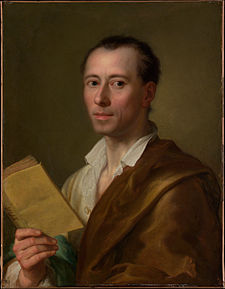
Johann Joachim Winckelmann (1717-68)
As I said, this guy is considered to be the father of art history by scholars.
Nell Irvin Painter: "And while Winckelmann did not contribute directly to theories of race, he does play a large role in this story by passing along assumptions on the ideal form and color of human beauty that inspired much eighteenth- and nineteenth-century racial theorizing. The hard, pure, white aesthetic that Winckelmann popularized rested on the authority of the Renaissance, making the issue of whiteness versus color more than simply a question of taste" (1).
Let me give you a quick snapshot of who the guy was.
According to Dr. Painter, he was born the son of a poor cobbler (shoe maker) in Prussia. Young Winckelmann began his career as a librarian in Dresden, the capital of Saxony in eastern Germany. He actually converted to Catholicism so that he could study ancient art in Rome. At that time the study of art history was centered in Rome because access to the centers in Egypt and Greece was restricted by the Ottoman world power (2).
Anyway, Winckelmann's magnum opus, as they say, was his two volume "History of the Art of Antiquity," (1764-67). His main theme was that ancient Greek art was the finest of all time, and had grown out of the freedom of its culture. Basically, the guy fell madly in love with all things Greek---ancient Greek, and this led him to fetishize, as ideal, the beauty of the ancient Greek form, as captured in sculpture. Basically, for him, the ancient Greek representation became the standard against which all others were measured, in terms of physical attractiveness (3). Does that make sense?
Okay. Get ready, here comes the "insidious" part.
Nell Irvin Painter: "In Rome, he had near at hand a great many Roman copies of ancient Greek sculpture translated into an Italian sculptural medium. Unaware that the Greek originals were often dark in color, he did not know---or glossed over the knowledge---that the Greeks routinely painted their sculpture. He saw only Roman versions of beautiful young men carved of hard Italian marble that shone a gleaming white. Thus, Winckelmann elevated Rome's white marble copies of Greek statuary into emblems of beauty and created a new white aesthetic. It would apply not only to works from antiquity, not only to Greek art, but to all of art and all of humanity" (4).
This has had consequences. Winckelmann's white aesthetic has had consequences.
Johann Joachim Winckelmann's life came to an end, by murder, in 1768 "under questionable circumstances," as Dr. Painter understands it, "on his way back to Dresden from Rome." It was reported that authorities, at the time, believed the homicide to have had something to do with his 'alternative lifestyle,' as it were. Winckelmann was said to have been "an older gay man with a taste for adventure," who "ran afoul of rough trade" (5).
As for the consequences of Winckelmann's white aesthetic, it got to the point where, to he and his followers, color came to symbolize barbarism. They came to think that the ancient Greeks were too sophisticated to color their statuary.
Nell Irvin Painter: "The equation of color with primitivism meant that experts often suppressed and removed color when they found it in the Greeks" (6).
Dr. Painter astounds in informing us of "[t]he alarming history of European marble 'cleaning.' In the 1930s---that's the 1930s!---workers in the British Museum were told to remove the dark patina on Greek statuary with metal tools, thinking that the color itself was the defect or flaw, and that they were 'restoring' it to its original, intended condition (7). Do you follow me?
Let's stop to ponder this for a moment
I would have never dreamed of such a thing before I read about it in Dr. Painter's book. I don't want to get up on a high-horse about this, but I, for one, was astounded. I think we are all intellectually impoverished---every one of us---when things that should be the great works of art, belonging to the world, are displayed to us on false pretenses like this.
Think of the implications this insidious deception has for our understanding of ancient Greece, the ancient Mediterranean world, and the ancient world in general, its "art scene," daily life, whatever. I mean, this is the kind of thing that can explain why it is Hollywood saw fit to star Elizabeth Taylor, ridiculously, as the Egyptian Queen Cleopatra, opposite Richard Burton as the Roman general Marc Antony.
Think of the subtle ways that a thing like this may have compromised the structural integrity of, what you might call, American knowledge about the distant past.
Let's move on.
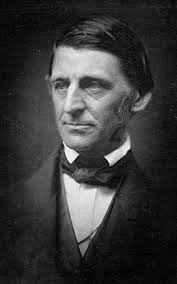
Ralph Waldo Emerson
Now then, those of you who care about such things, know that Ralph Waldo Emerson was a great American essayist, lecturer, poet, and leader of the Transcendentalist movement in the mid-nineteenth-century. I'm sorry to do this, but we're going to consider an alternative reason for his popularity.
Dr. Nell Irvin Painter: "Ralph Waldo Emerson (1803-82) towers over his age as the embodiment of the American renaissance, but not, though he also should, as the philosopher king of American white race theory. Widely hailed for his intellectual strength and prodigious output, Emerson wrote the earliest full-length statement of the ideology later termed Anglo-Saxonist, synthesizing all the salient nineteenth- and early twentieth-century concepts of American whiteness" (8).
Let's have a little of his story.
He was born in Boston, descended from a long line of "scholarly ministers" which stretched back to 1635. Emerson's father, the Reverend William Emerson delivered the Phi Beta Kappa address at Harvard, as would young Ralph a generation later. Old man Emerson also served as pastor at Boston's First Church. The family always struggled financially and when he died, when young Ralph was eight years old, the family was left in penury (9).
Emerson's aunt seems to have taken over both his upbringing and the supervision of his education. After graduating from Harvard College, he taught school for four years before enrolling in Harvard Divinity School, which he left as a Unitarian minister in 1829 (10). And so on and so forth. Okay.
Nell Irvin Painter: "[T]o buttress his arguments he read widely in history and science dealing with the race of men (and he did mean men) he considered permanent masters of the earth" (11).
First, just let's note that Emerson, himself, was influenced by the cultural and intellectual environment of the day.
Let's continue.
Dr. Painter again: "Like all of Emerson's books, English Traits, which appeared in 1856, collects lectures delivered to various audiences over the course of a decade. Part travelogue, part autobiography, part historical ethnography, English Traits heightened his fame and gained appreciation as his wittiest book. Its popularity endured well into the twentieth century, when its racial theories began to fall into disrepute" (12).
You know something? I'm starting to think that "philosopher king of American white race theory" thing helps explain the popularity Emerson enjoyed, as, again, a supplier of what I have called the 'insidious narcotic of white supremacy ego justification.'
Let's go on.
Dr. Painter: "Ideas about Saxons and the English people had long percolated in the United States. In his 1835 lecture 'Permanent Traits of the English National Genius,' Emerson called attention to the similarities in Americans' and Englishmen's appearance---the red and white complexion, blond hair, blue eyes, and tall stature---and without doubt, ferocious manhood, all admirable traits quite unlike those of small and dark Celts, obviously (for Emerson) Asiatic in origin. These ideas reappeared in his 1843 lecture 'Genius of the Anglo-Saxon Race' and in 1852-53 in 'Traits and Genius of the Anglo-Saxon Race' and 'The Anglo-American'" (13).
And...
Dr. Painter: "These oft-repeated lectures made a ready audience for English Traits. Within three months of publication, 24,000 copies were in print in the United States and Great Britain, and the book was widely and positively reviewed. Despite its blatant English/Saxon chauvinism---or perhaps because of it----[my vote is, of course, because of it: italics mine] English Traits attracted readers of various political persuasions and racial backgrounds" (14).
I'm going to quote something that, on the surface, seems to challenge my thesis.
Dr. Nell Irvin Painter: "Charlotte Forten, for instance, the daughter of wealthy black Philadelphians and, at nineteen, an abolitionist in her own right, championed the book. Forten, who was living in Massachusetts at the time, bought the book and finished reading it within three weeks of its publication. In February 1857 Forten went to hear Emerson speak on the topic 'Works and Days,' which she found enlightening and the person of Emerson intimidating. She liked it, she said, 'very much. The author's views of English character are far more liberal than those of American travelers generally. He evidently appreciates dear old England; and loving her as I do, I like his book and thank him for it with all my heart'" (15).
I bet I know what you're thinking: How could Ralph Waldo Emerson have been a racist, whose work purveyed what the writer of this essay is calling 'the insidious narcotic of white supremacy ego gratification,' if a BLACK WOMAN, of his day admitting enjoying his book "very much," and so on and so forth?
I would answer that challenge this way: Human beings, to a man and a woman, boy and girl, are complex creatures with many, often contradictory facets. Nobody in this world is just one or two things. People are a lot of things, all at once. Nobody, as far as I know, has ever doubted the power and range of Ralph Waldo Emerson or his ability to write things that were equally complex and multifaceted, which appeal to many different audiences, many different tastes and interests, at the same time. And so, if you can accept that, then my thesis holds.
Let's keep going.
You know something? We could go on and on with this, but I won't. Let me just close by giving Dr. Painter's bottom line on Emerson; and mind you, Emerson is by no means the only top American scholar that the following can be said of, which, of course, is the point of my thesis. Chapter 11 of her book, "English Traits," amply demonstrates this, of course.
Dr. Painter's bottom line on Emerson: "As author of English Traits and a font of themes usually located much later in the nineteenth century, Emerson qualifies as a full contributor to white race theory. His enormous intellectual strength and prodigious output made him the source of a crucial current of thought, for he enunciated virtually all the salient nineteenth- and early twentieth-century concepts of Anglo-Saxonism. English Traits expressed the views of the most prestigious intellectual in the United States, elevating its formulation into American ideology. The American was the same as the Englishman, who was the same as the Saxon and the Norseman. Thus 'Saxon' supplied the key word exiling the Celtic Irish---white though they may be---from American identity. Wrenching his Saxon away from Blumenbach's female beauty, Emerson created a white racial ideal that was both virile and handsome. Towering over his age, he spoke for an increasingly rich and powerful American ruling class. His thinking, as they say, became hegemonic" (16).
Thank you for reading. Let's go on to part five.
Work Cited
1. Painter, Nell Irvin. The History of White People. W.W. Norton & Company, 2010. (paperback). 59
2. ibid
3. ibid, 60
4. ibid, 61
5. ibid, 63
6. ibid, 61-62
7. ibid, 63
8. ibid, 151
9. ibid
10. ibid, 152
11. ibid, 165
12. ibid
13. ibid
14. ibid, 166
15. ibid
16. ibid, 183


